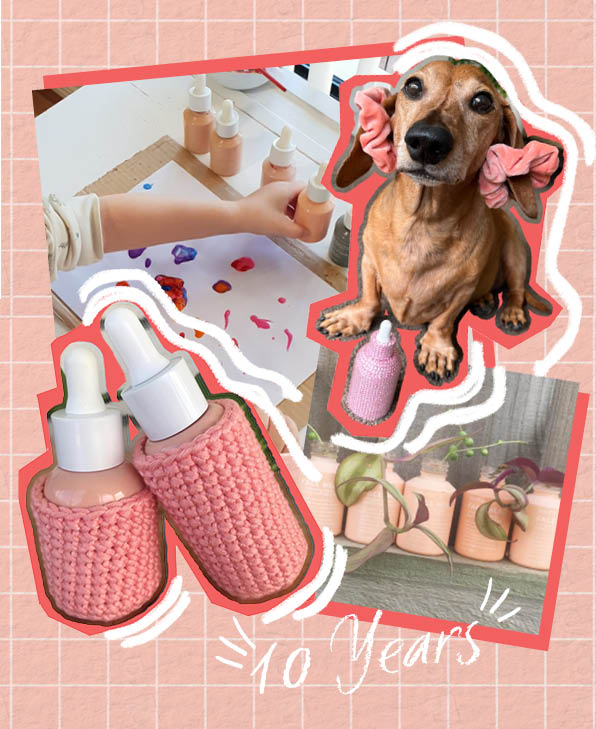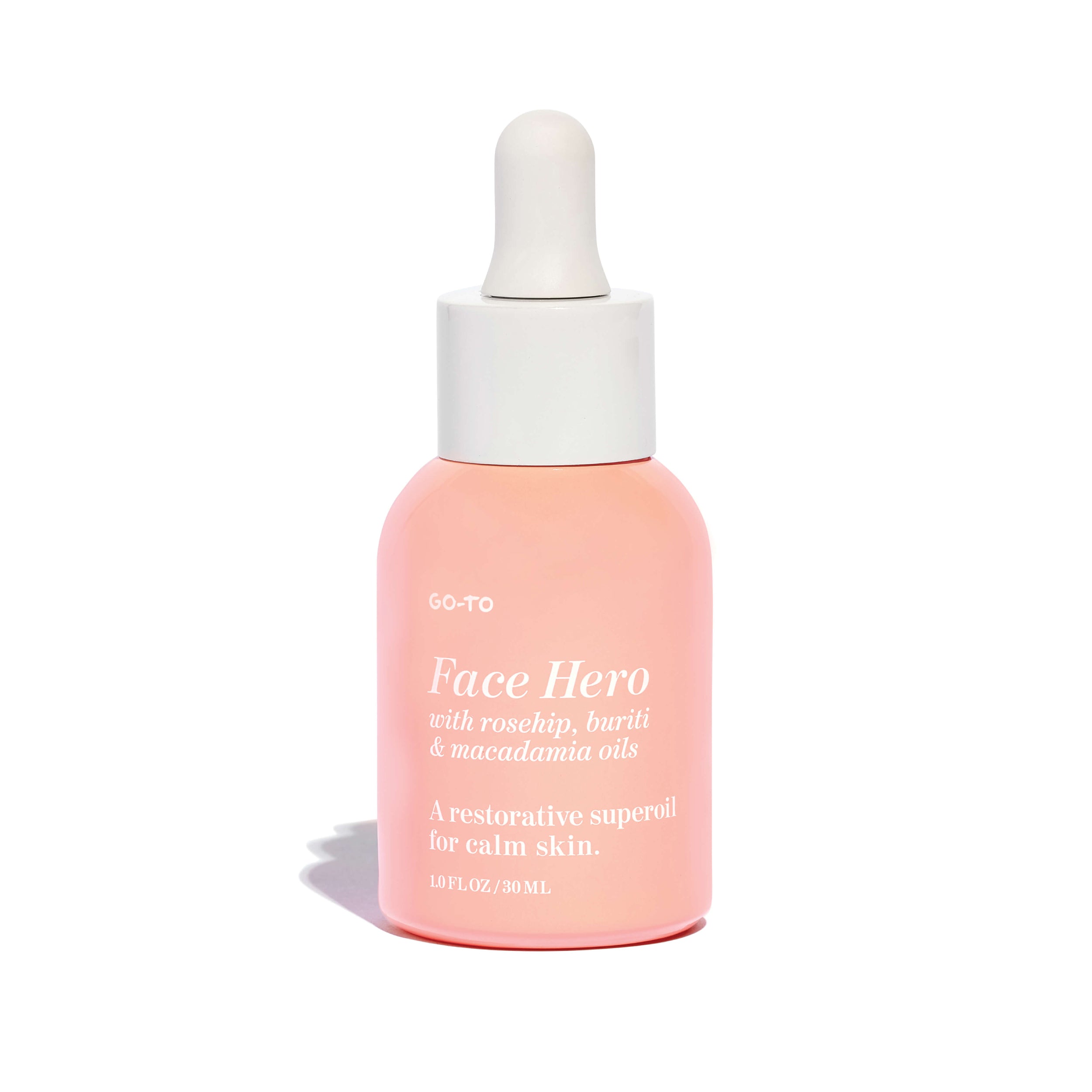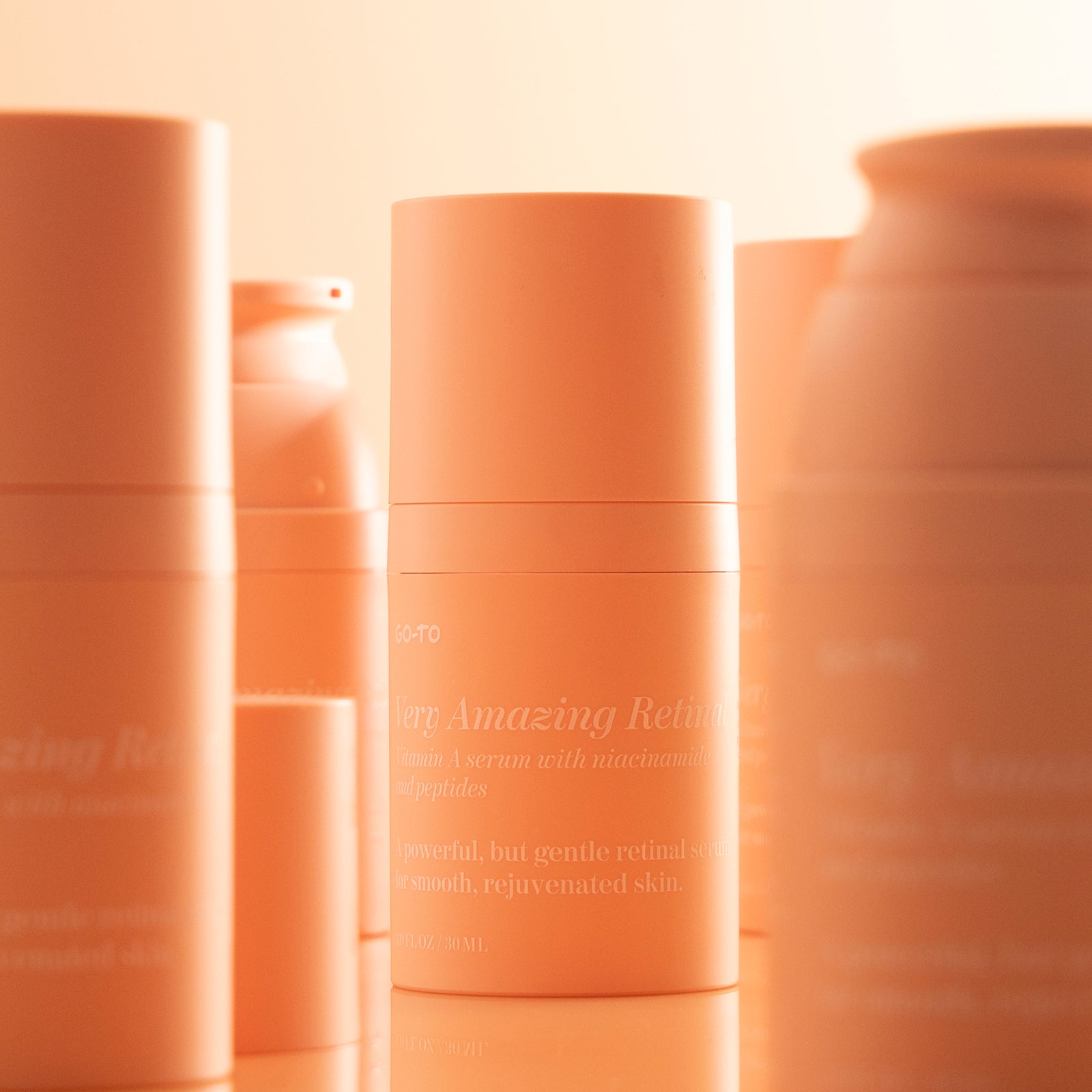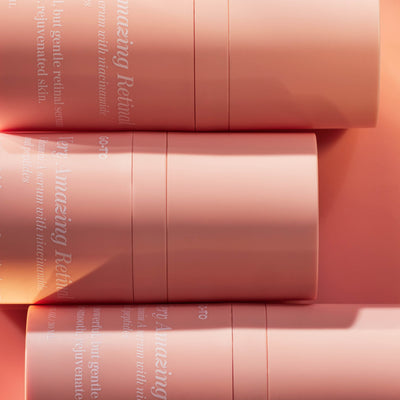Sunlight: We love it, we chase it, we need it (hello, vitamin D) and yet… if we spend too much time bathing in its sunny beams, ultraviolet (UV) rays from the sun damage our skin in all kinds of (not ideal) ways including sunburn, wrinkles, acne, and even skin cancer. So, what exactly are UV rays? How do they affect our skin? And how can we protect our skin while also getting our sunlight fix?
The answers to your Qs on UV rays are below, including expert advice from Dr Marissa Basil from Woollahra Doctors on how to protect your cute face and skin from those ruthless rays.
So, what exactly are ultraviolet (UV) rays?
Sunlight contains a slew of different rays including light we can see, a.k.a visible light, and ultraviolet (UV) rays, which we can’t see but can damage our skin.
Save this fact for trivia night: according to NASA, UV light waves are “invisible to the human eye, but some insects, such as bumblebees, can see them.”
UV light can also be created artificially by items like black lights, which make certain plants, animals and materials glow (think: Jellyfish or your teeth post-whitening at a nightclub).
Black lights aside, the sun is the main source of harmful UV rays and there are two key types that affect the skin: UVA and UVB.
Tell me about UVA and UVB rays and how they affect our skin
Basically, these two types of ultraviolet rays have different wavelengths, energy levels, and they damage the skin in different ways.
Dr Basil explains it here: “UV light from sun exposure damages the skin and can cause premature ageing and skin damage that can lead to all types of skin cancers. UVA has a longer wavelength and is associated with skin tanning and ageing. UVB has a shorter wavelength and is associated with skin burning. Both exposures are dangerous and can cause mutations in the skin cells, increasing the risk of cancer. Repeated unprotected exposure to UV light increases your lifetime risk of developing skin cancer.”
A handy (but totally unofficial, non-science-y) tip for remembering the difference?
UVA = Ageing
UVA rays cause the skin to age, causing fine lines, wrinkles, discolouration, and a loss of elasticity.
UVB = Burning
UVB rays burn the skin, contributing to the risk of skin cancer.
How do we protect our skin from UVA and UVB rays?
“Most Australians will be familiar with the Cancer Council’s highly successful ‘Slip, Slop, Slap, Seek, Slide’ ad campaign,” Dr Basil says, adding: “The best way to protect yourself from harmful UV exposure is to ‘Slip’ on UV protective clothing, ‘Slop’ on SPF 50+ sunscreen, ‘Slap’ on a wide-brimmed hat, ‘Seek’ shade and ‘Slide’ on a pair of sunglasses. These measures are particularly important when the UV Index* is higher than three during the day.”
Wait, what’s the UV Index?
The UV Index charts the level of UV radiation in each Australian capital city in real time and is measured by The Australian Radiation Protection And Nuclear Safety Agency (ARPANSA). Find it here: UV Radiation Index.
Dr Basil further advises that a broad-spectrum sunscreen—one that protects against both UVA and UVB rays—should be in everyone’s daily skincare line-up and don’t forget to reapply. “Broad-spectrum sunscreen should be a part of everyone’s morning routine, as much of our sun exposure is passive. It should be put on 20 minutes before leaving the house and re-applied every two hours afterwards,” says Dr Basil.
Avoid prolonged sun exposure, and make sure you re-apply frequently in accordance with directions. Remember, sunscreen is only one component of sun protection so always wear a hat, protective clothing and eyewear when you’re in the sun.















Comments